Do you know about bonds? Its current value is around $145T. 5X larger than the stock market. And this time we will discuss a crypto project similar to bonds.
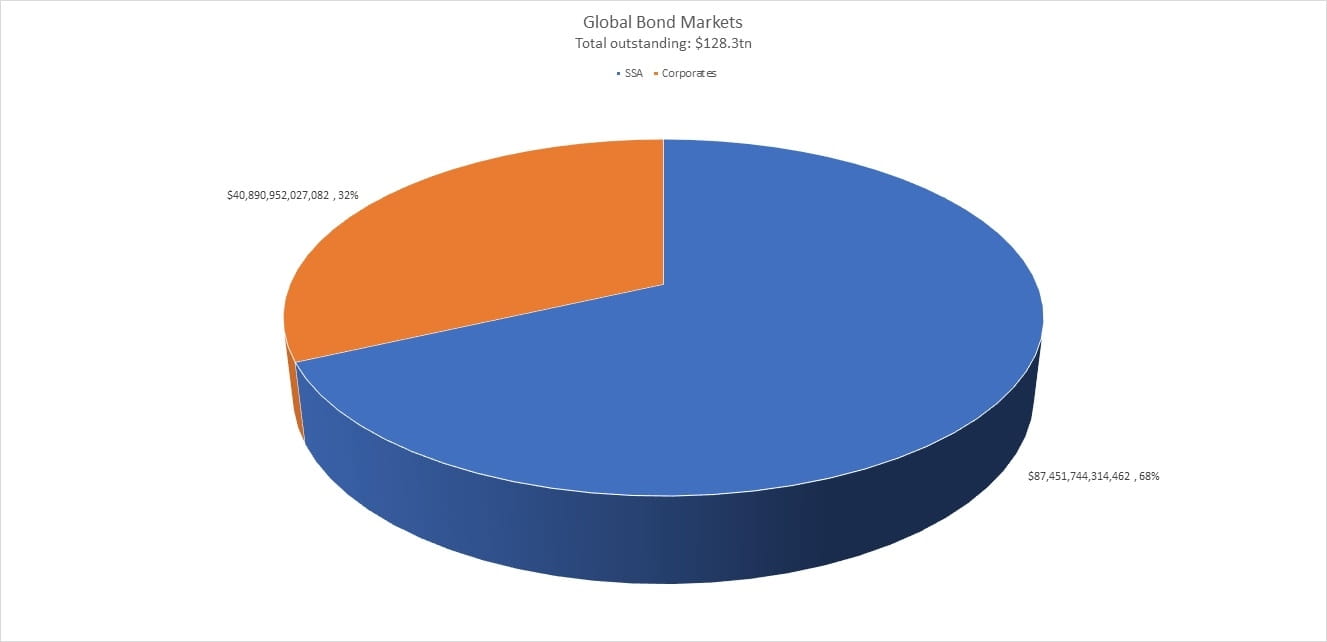
Currently, DeFi interest rates are still volatile and fragmented: in the morning it could be 3%, in the afternoon it could spike to 30%, and at night it could drop to 1%. Without benchmarks, banks or hedge funds are reluctant to enter. Treehouse was born to fill that gap: bringing the 'BI-Rate' of blockchain that promises to stabilize yields, a decentralized fixed-income layer that feels like deposits.
Treehouse is a DeFi protocol that aims to be the crypto version of 'bonds' (fixed-income).
How it works is built on two main components:
DOR (Decentralized Offered Rates)
Like 'BI-Rate on-chain'. Panelists who stake tokens$TREE send interest rate data; the smart contract takes the average value and punishes (slashing) inaccurate data. The result is four interest benchmarks:• TESR (staking)
• TELR (lending)
• TEBR (borrowing)
• EERR (restaking).
These figures could serve as references for Aave, Compound, Pendle, or other projects.
tAssets 'liquidity bridge'
Before DOR can be fully implemented, TREE needs the convergence of interest rates across the DeFi ecosystem.
These tAssets are like 2.0 generation staking Tokens. If you deposit ETH and mint tETH:
• Continue to receive staking rewards#Ethereum (±3–4 % APY)
• The Treehouse algorithm moves funds to protocols (Market Efficiency Yield/MEY) with the best interest rate differential (arbitrage), increasing 'Market Efficiency Yield';
• There are still token incentive bonuses from TREE
This combination makes tETH yield tend to be stable—similar to deposits, but liquid every block.
In short: Treehouse provides on-chain interest rate standards as well as more stable savings products compared to regular farming. The target is to attract retail and institutional funds to crypto fixed-income, a market that has yet to be tapped.
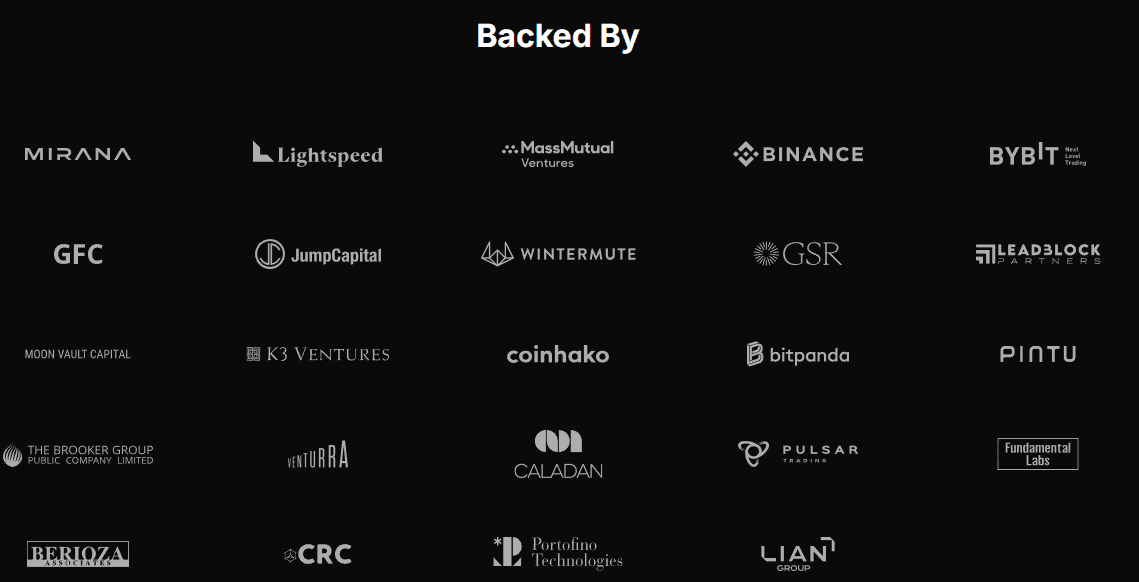
How Treehouse Generates Yield
Staking rewards – 'real money' from consensus $ETH .
MEY – profit from arbitrage of interest rate differentials between protocols (Aave, Compound, Pendle, etc.).
Emission of TREE – community incentives that decrease each year (around 10 million TREE per month in year 1, down to 2 million in year 4).
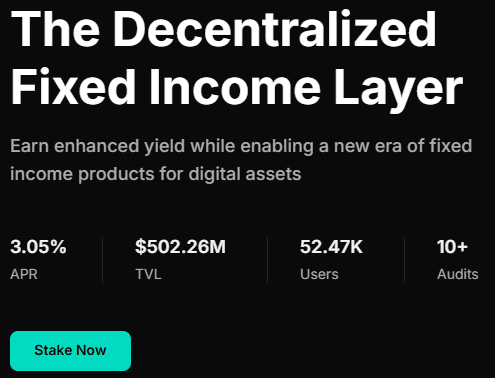
Tokenomics
Max Token Supply: 1,000,000,000 TREE

Roadmap
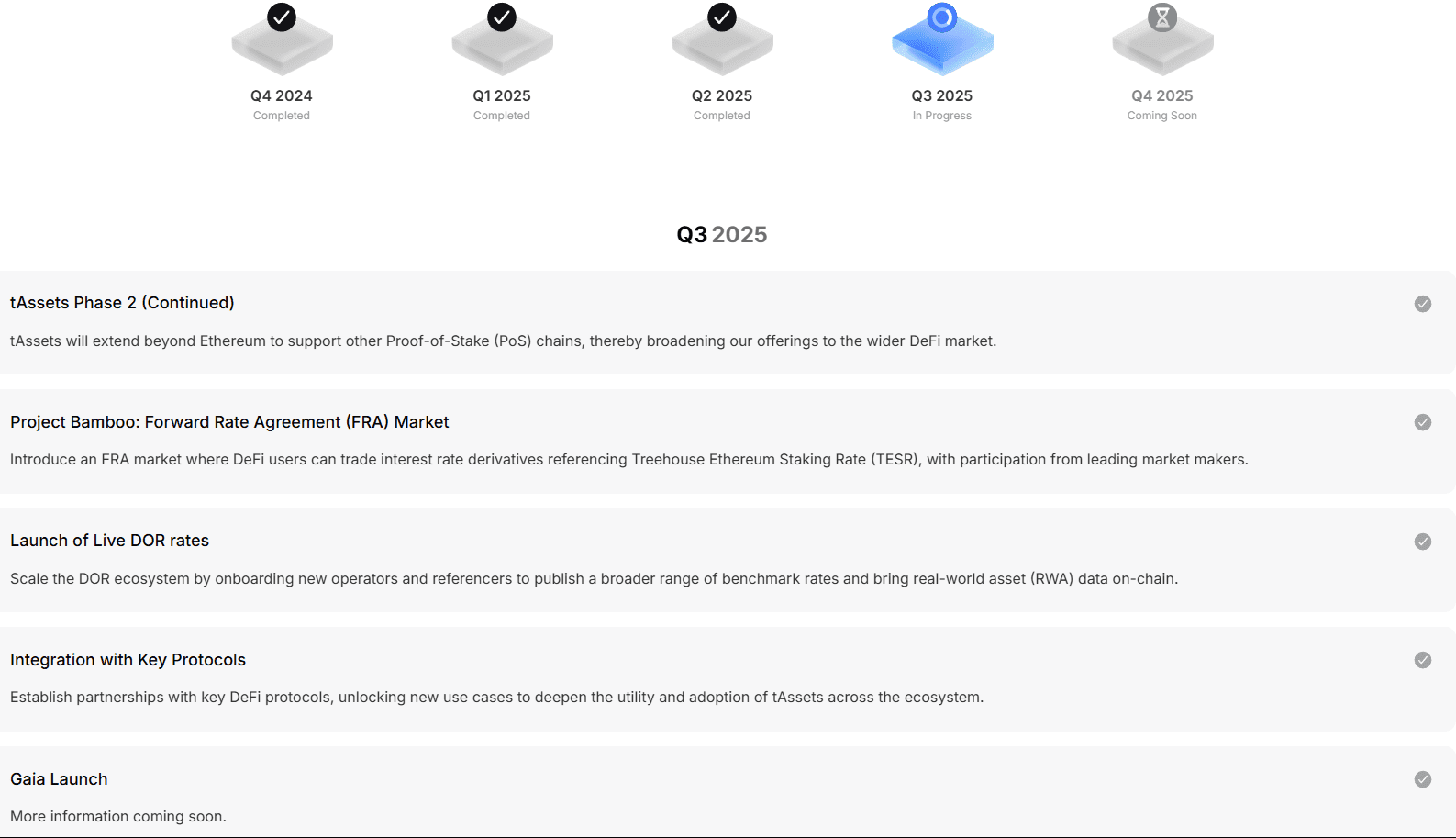
Q3 2025: tETH v2, 'Project Bamboo', full integration with Pendle, Balancer, Aave V3 Prime, and expansion to zkSync and Linea.
Q4 2025: Launch of the Lifestyle savings product (retail bond version on-chain).
2026: Forward-Rate Agreement (FRA) for institutions, release of tBTC & tSOL, and DOR coupon bonds DAO.
Airdrop season 2 – 'Go NUTS'
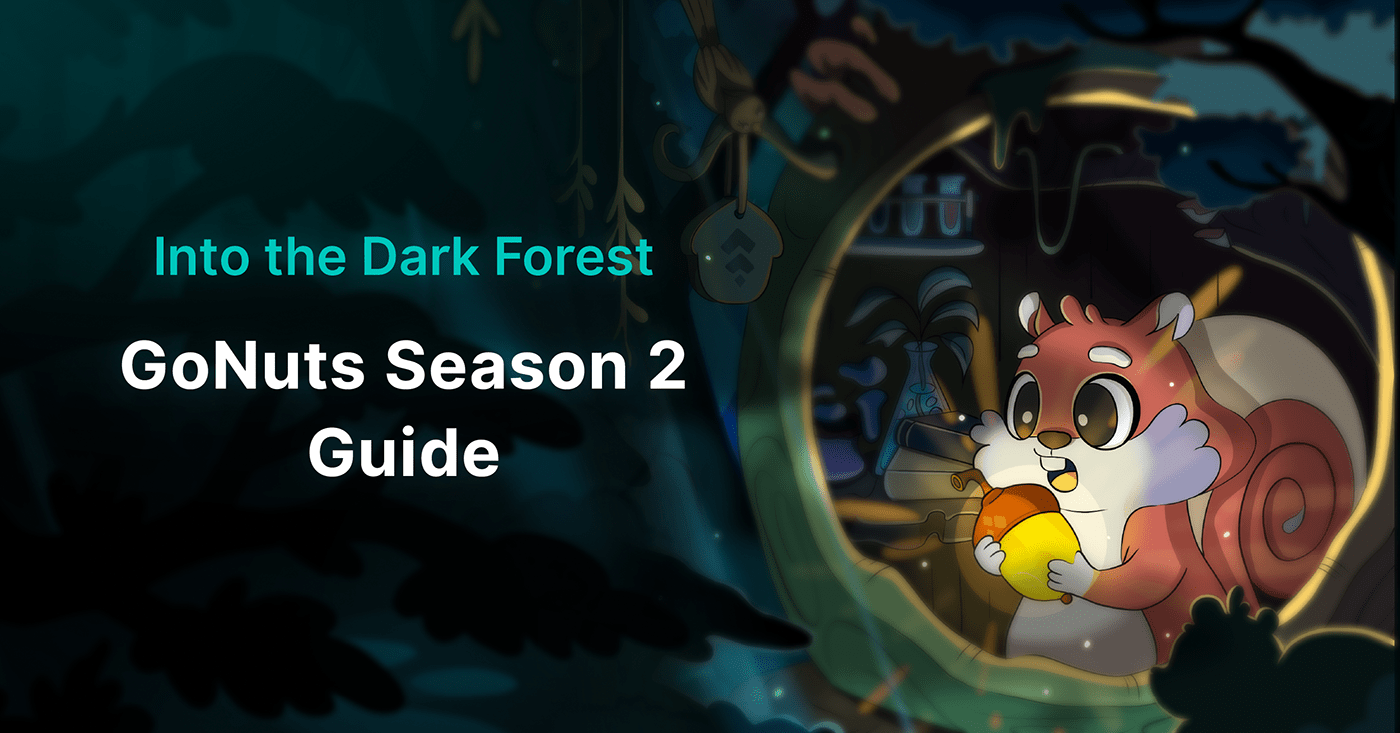
Season 1 can already be claimed through:
Link: https://gaiafoundation.xyz/
Join Airdrop Season 2
Season 2:
- Link: https://app.treehouse.finance/gonuts
every 0.1 ETH minted into tETH generates 1 NUT per day.
NUT is also obtained through providing liquidity, bridging, and weekly quests.
NUT scores + DeFi activity will determine the next airdrop distribution.
BNB Hodler airdrop (Introducing Treehouse (TREE) on Binance HODLer Airdrops! Earn TREE With Retroactive BNB Simple Earn Subscriptions)
Join $BNB Hodler Airdrop
- Binance Registration: https://www.bmwweb.biz/join?ref=LRJCBZP9
- Referral code: LRJCBZP9
Risks and Mitigation
Smart contract bugs are mitigated by dual audits (Trail of Bits, Sigma Prime) and a $1 million bug bounty.
Manipulation of DOR data is thwarted by large stakes and slashing.
tETH liquidity discounts are pressed through LP incentives and Balancer gauge
Regulation is anticipated with a non-custodial DAO structure.

Treehouse unites DeFi interest rates through DOR, then channels liquidity through tAssets so that spreads narrow and yields become friendly to institutions.
With the bond market valued five times that of the stock market, on-chain fixed-income has the potential to be the next massive flow of funds.




